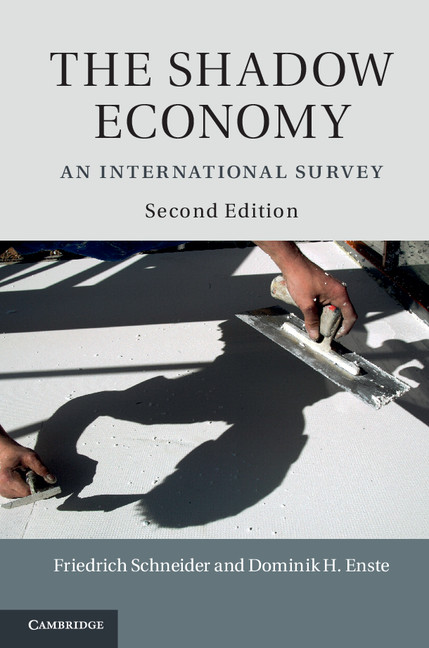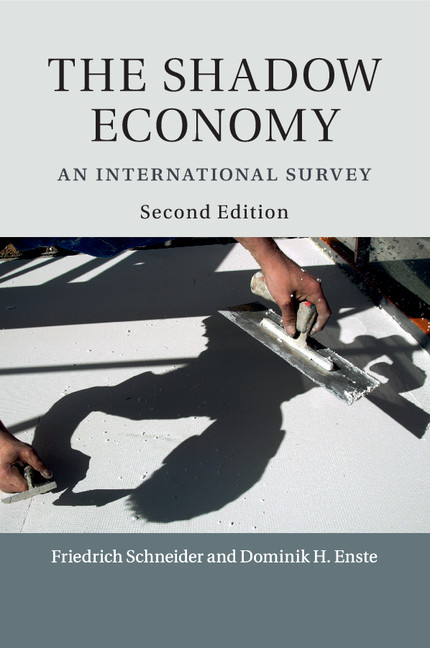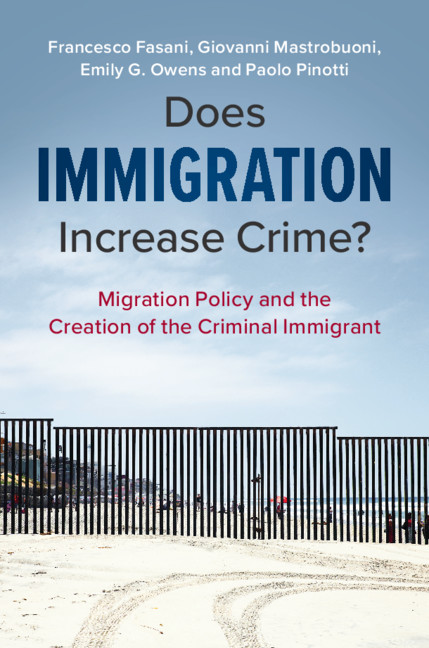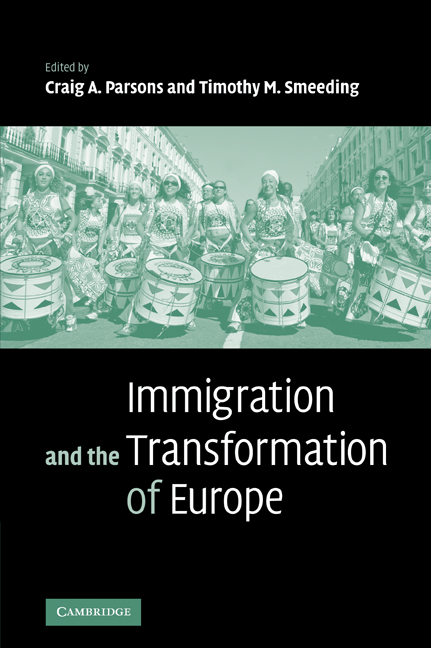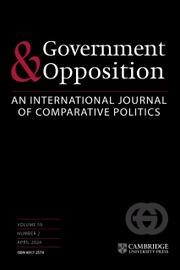The Shadow Economy
Illicit work, social security fraud, economic crime and other shadow economy activities are fast becoming an international problem. Friedrich Schneider and Dominik H. Enste use currency demand, physical input (electricity) method, and the model approach to estimate the size of the shadow economy in 76 developing, transition and OECD-countries. They argue that during the 1990s the average size of a shadow economy varied from 12 per cent of GDP for OECD, to 23 per cent for transition and to 39% for developing countries. They examine the causes and consequences of this development using an integrated approach explaining deviant behaviour, which combines the findings of economic, sociological and psychological research. The authors suggest that increasing taxation, social security contributions, rising state regulatory activities and the decline of the tax morale, are all driving forces behind this growth, especially in OECD-countries. They propose a reform of state institutions to improve the dynamics of the official economy.
- A collection of data on the size of shadow economies in over 70 countries around the world.
- Comprehensive economic survey of developing, transitional and OECD-countries
- Highly important strategy for policy makers to deal with the shadow economy
Reviews & endorsements
"Friedrich Schneider and Dominik Enste's book would be an excellent addition to the reference library of anyone who is interested in taxpayer compliance and the underground economy. ...a 'must read' for both policymakers and tax researchers."
The Journal of the American Taxation Association
"This book ... seeks to be the definitive work on this increasing global phenomenon ... [it] provide[s] excellent coverage of most of the theoretical, empirical, and policy issues associated with it ... a truly international survey."
Review of Political Economy
Product details
January 2005Adobe eBook Reader
9780511030284
0 pages
0kg
27 b/w illus. 28 tables
This ISBN is for an eBook version which is distributed on our behalf by a third party.
Table of Contents
- List of figures
- List of tables
- Foreword Vito Tanzi
- 1. The shadow economy: a challenge for economic and social policy
- 2. Defining the shadow economy
- 3. Methods to estimate the size of the shadow economy
- 4. Size of shadow economies around the world
- 5. The size of the shadow economy labour force
- 6. An integrated approach to explain deviant behaviour
- 7. Analysing the causes and measures of economic policy
- 8. Effects of the increasing shadow economy
- 9. The 'two-pillar strategy'
- 10. Conclusion and outlook
- List of references
- Index.


